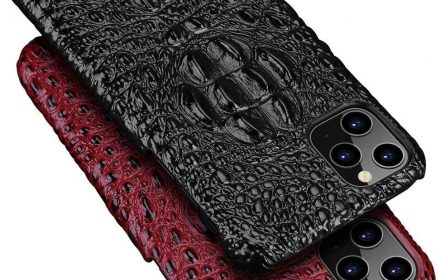Exotic skin leathers have very good value in the market. The extraordinary properties of exotic leathers along with their unique beauty, durability, and texture continue to fascinate people. As a result of its usage and popularity, there is a need for baseline information so the players in the industry can effectively market leather products. In most African nations, the conversion of crocodile skins into leather is allowed for the production of leather products. Since the back of the skin is heavily scaled, horny, and coarse, only the skin on their bellies with patterns is used to make the leather.
Crocodile
Crocodile leather accessories are very fragile that requires delicate care and handling to stay in shape. It is important to restrict excess movement of these accessories because it may scuff them up. Moreover, contaminants seep into the pores of the skin from everyday use, thereby depleting the natural oils. So, it is highly recommended to maintain the crocodile leather accessories at least once a month. Maintaining crocodile leather accessories is relatively easy and involves 4 steps. The steps are cleaning, conditioning, greasing and storing. All these four steps are equally critical for maintenance and to retain its natural state.
Crocodile is one of the oldest species on earth that have survived over millions of years. They are considered to be the prehistoric survivors of dinosaur antecedents. In their present form, they date back 80 million years. Egyptians kept them as pets 26 centuries ago. It is always fascinating to watch them, albeit from a distance. And that is why they are a favorite among safari travelers to Kenya. The Mamba crocodile farm in Nairobi Kenya is worth a visit not only to learn the many facets of crocodiles but also to consider the following 5 cool facts about crocodiles.
Travel to Kenya to get to know the crocodiles




